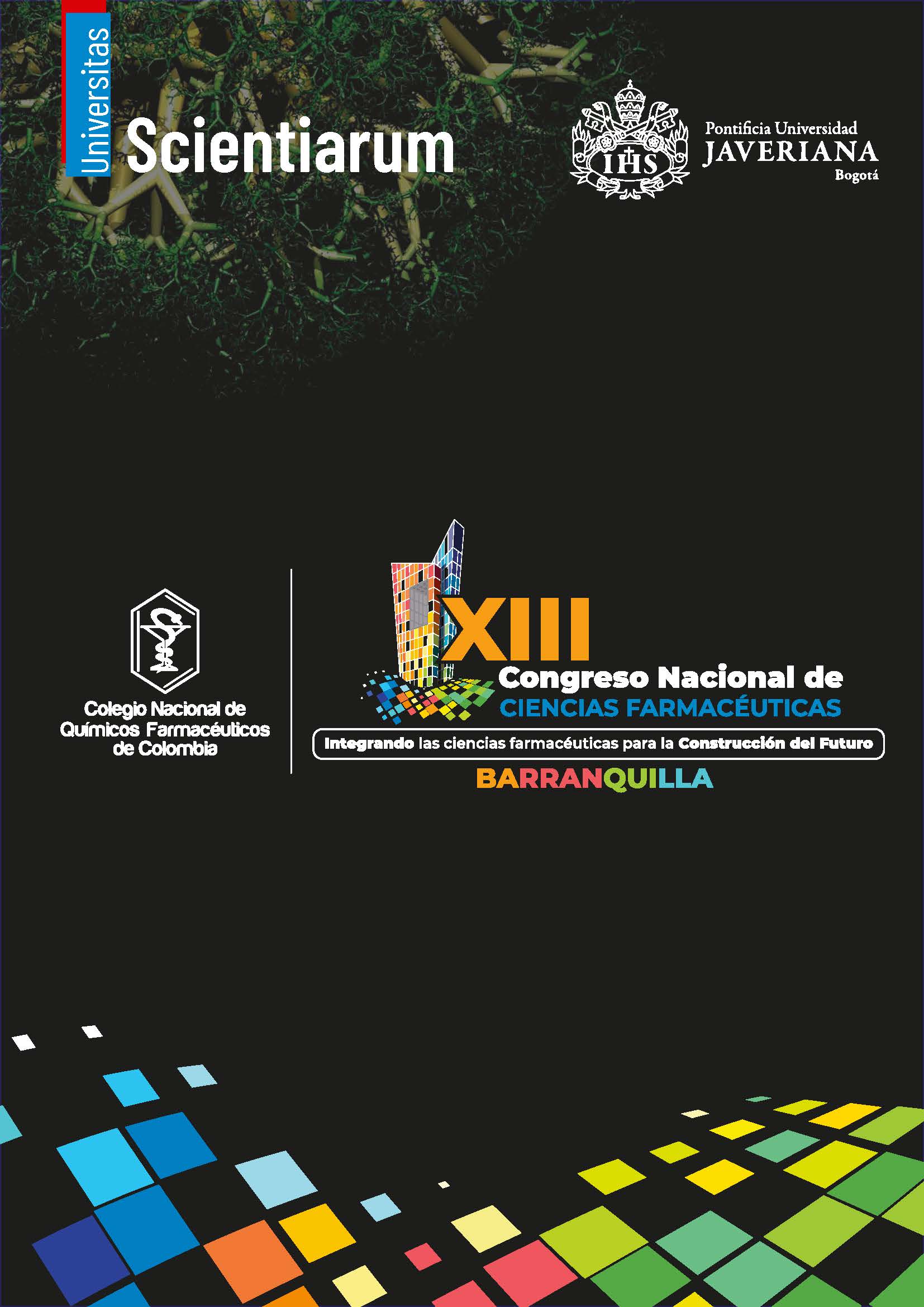Abstract
Vitamin K antagonists (VKAs), particularly warfarin, remain widely used in Colombia despite the availability of direct oral anticoagulants. Their narrow therapeutic index and variability in response require intensive INR monitoring and close surveillance. Administration of vitamin K1 (phytomenadione) is an essential tool to reverse over-anticoagulation and can also serve as a pharmacotherapeutic “trigger strategy” to identify high-risk patients. This study aimed to characterize a sub-cohort of patients exposed to vitamin K, focusing on clinical, pharmacological, and demographic factors, and to highlight opportunities for clinical pharmacist intervention. An observational, retrospective, and cross-sectional study was conducted within an institutional outpatient–inpatient anticoagulation program in Bogotá, Colombia. From a cohort of 752 anticoagulated patients, a sub-cohort of 52 patients who received vitamin K between March 2024 and February 2025 was identified. Inclusion criteria were adults (≥18 years) with ≥6 months of warfarin therapy; exclusions were dialysis and pregnancy. Clinical and pharmaceutical variables included age, hemoglobin (Hb), hematocrit (Hct), estimated glomerular filtration rate (eGFR, Cockcroft–Gault), body mass index (BMI), number of prescribed drugs, and major drug–drug interactions. Descriptive statistics were applied. Among the 52 patients exposed to vitamin K, 39 (75%) were on active VKA therapy and 13 (25%) were not. The overall mean eGFR was 65.0 mL/min, Hb 12.6 g/dL, Hct 38.5%, BMI 25.5 kg/m², and age 64.4 years. Polypharmacy averaged 10.3 drugs per patient, higher in VKA users (10.5 vs. 9.6). Elevated INR values (≥4) were found in 28/39 VKA users (71.8%), while none were reported in the non-VKA group. Patients with VKA exposure showed more drug interactions (2.59 vs. 1.31 per patient), especially in those with INR ≥4. Compared with 700 VKA patients without vitamin K exposure, this subgroup had greater polypharmacy (10.3 vs. 6.4) and more interactions (2.27 vs. 0.9). Vitamin K exposure identifies a high-risk subgroup of anticoagulated patients with greater polypharmacy, interactions, and altered INR values. This supports its role as a pharmacotherapeutic “trigger strategy” for early detection of adverse events and reinforces the importance of clinical pharmacist-led interventions

This work is licensed under a Creative Commons Attribution-NonCommercial 4.0 International License.
Copyright (c) 2025 Michael Stiven Mosquera Martínez, María Fernanda Hernández Giraldo, Roberto Torres


